Written by Daniël
Edited on
19 April 2024
·
15:45
How do you choose a weather station?
With a weather station in your house, you know exactly what the weather conditions near you are. Each weather station has its own sensors that measure different things. It measures the temperature, humidity level, wind speed, rain, and more. To make sure you choose the right weather station, we'll tell you what to keep in mind when you purchase one in this article.
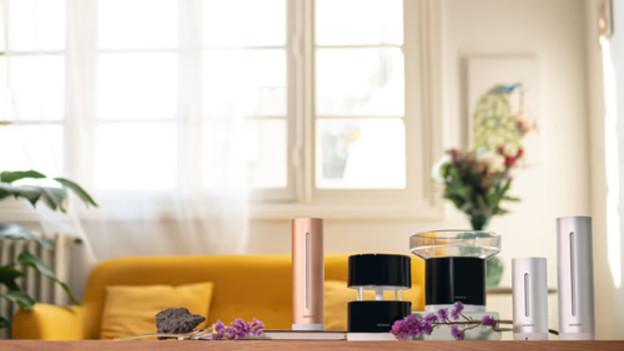
Choose a weather station
If you buy a weather station, there are different properties you should keep in mind. Before your purchase, ask yourself the following questions:
- Want to measure the air pressure?
- Want to measure the wind force and wind direction?
- Want to measure the humidity level?
- Want to measure the UV radiation?
- Want to measure the air quality?
- Want the weather station to forecast the weather as well?
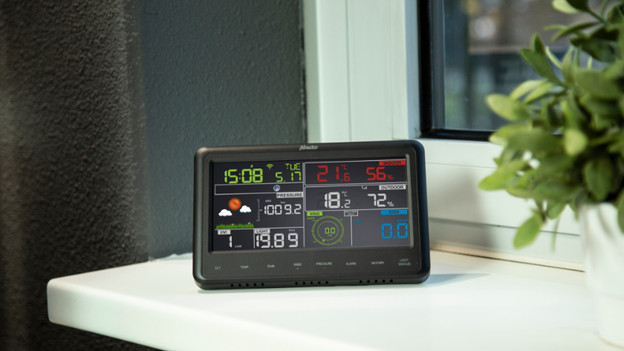
Want to measure the air pressure?
When the air pressure changes suddenly, the weather often changes along with it. That's why they always talk about high and low-pressure areas on the news. So thanks to a weather station with a barometer, you know that it's going to rain because the air pressure is dropping fast. If the barometer detects a high air pressure, the weather is probably going to be good.
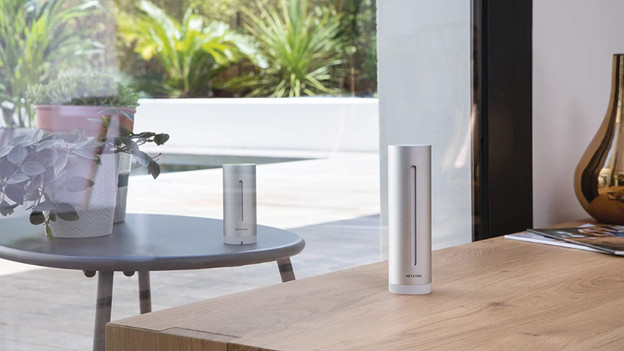
Want to measure the wind force and wind direction?
A weather station with an anemometer measures the wind speed and wind direction. This way, you'll know when the wind is strong enough to mess up your hair. In addition, a weather station that's connected to the internet knows that it's currently colder in England. If the wind is coming from the west, your weather station knows that the temperature is going to drop.
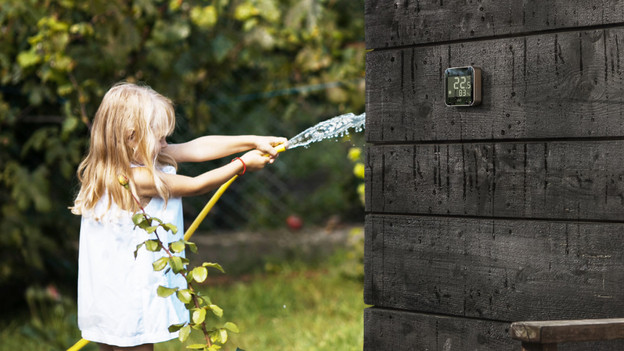
Want to measure the UV radiation?
UV radiation can be dangerous to your health. this depends on the strength of the sun, the amount of dust particles in the air, and the amount of ozone in the atmosphere. There are a lot more factors a weather station can measure. As a result, you know how much sunscreen you should apply.
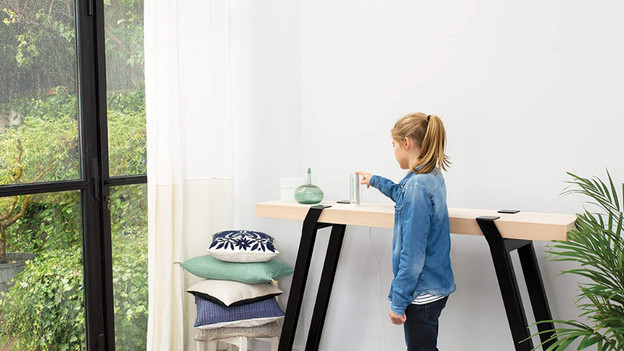
Want to measure the air quality?
The air quality at home depends on many things. There has to be enough oxygen, and the air can't be too dry. Smart weather stations send you a push notification via your smartphone when the air quality inside is poor. This way, you know when it's best to open a window or when to leave it closed.

Want the weather station to forecast the weather as well?
Not all weather stations can forecast the weather. A weather station does this by detecting that the air pressure is rising. This means that the humidity level is decreasing. This allows a weather station to look 1 to 2 days into the future. A weather station can forecast the weather more accurately if it's connected to other weather station. If you want that, choose a weather station that can be connected to WiFi.
Article by Daniël
Weather Station Expert.
